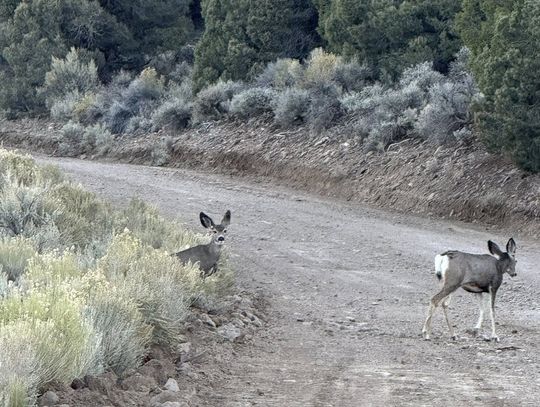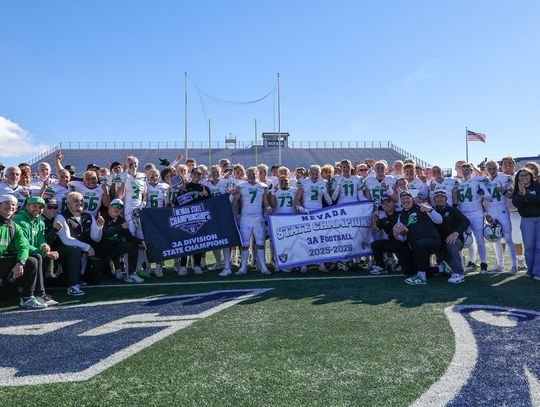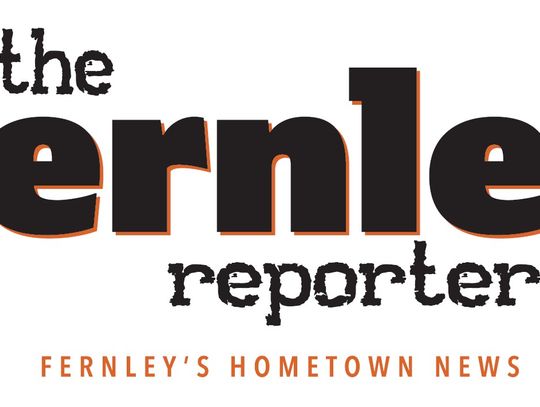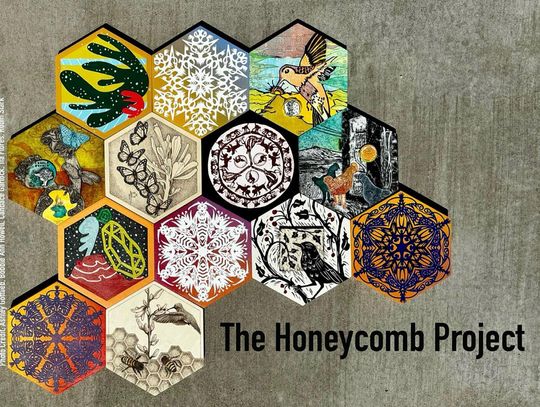Chronic Wasting Disease (CWD), often called “zombie deer disease,” is a neurological illness that affects North American deer species such as white-tailed deer, mule deer, reindeer, elk, and moose. It was first discovered in wild white-tailed deer in South Dakota in 2001 and has continued spreading ever since. By 2015, the disease had reached 34 states and four Canadian provinces, raising concerns for hunters, wildlife managers, and outdoor communities across the country.
Even though Nevada deer have not tested positive for CWD, the disease has been confirmed in four neighboring states, including Idaho, Utah, California, and Colorado. Because deer and elk often cross state lines during seasonal migrations, Nevada wildlife officials closely monitor key “surveillance zones” where animals are likely to move between states. These natural migration routes increase the odds of CWD eventually entering Nevada, which is why targeted testing has become an important tool for early detection.
As a junior hunter, the possibility of this disease — and the regulations that come with it — affected me personally. When I harvested a buck inside the TRZ, I had to send the head to a biologist in Reno for official CWD testing. Going through that process made me realize how important Nevada hunters are in preventing the spread of disease and helping keep our wildlife populations healthy for future generations.
CWD attacks the neurological system by damaging brain proteins called prions, eventually giving the brain a “spongy” appearance. The disease leads to severe weight loss, personality and behavioral changes, and, eventually, death. It spreads through animal-to-animal contact or contaminated environments, including saliva, urine, feces, and carcass remains. While no human cases have been confirmed, experts still caution that the possibility cannot be completely ruled out. The CDC advises against eating meat from animals that test positive. Livestock such as cattle and sheep have not shown natural infections, and traditional livestock are unlikely to contract CWD. However, CWD-infected prions can remain in soil for years, which makes long-term cleanup difficult for wildlife managers.
To reduce the risk of the disease spreading into the state, Nevada established a Chronic Wasting Disease Transportation Restriction Zone (TRZ). This zone includes hunt units 192–196, 201–208, 211–213, and 291.
Hunters who harvest an animal in these units must submit a sample within one week. Samples can be turned in at NDOW offices in Reno or Tonopah, at designated CWD check stations during the season, or, in special situations, a biologist may be able to collect the sample from a taxidermist. Test results usually come back in two to three weeks. According to the Nevada Department of Wildlife, carcass parts capable of carrying prions are not allowed to leave the TRZ. Hunters must surrender them at a check station or dispose of them at an approved landfill within the zone. These regulations help wildlife officials track possible entry points and prevent infected material from spreading into other parts of Nevada.
Riggin Stonebarger is a junior at Churchill County High School in Fallon. He’s a hunter, CCHS tennis player, and Fallon Media intern with plans to study law after graduation.












Comment
Comments